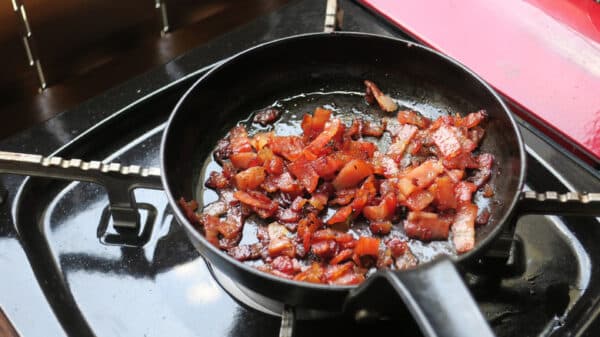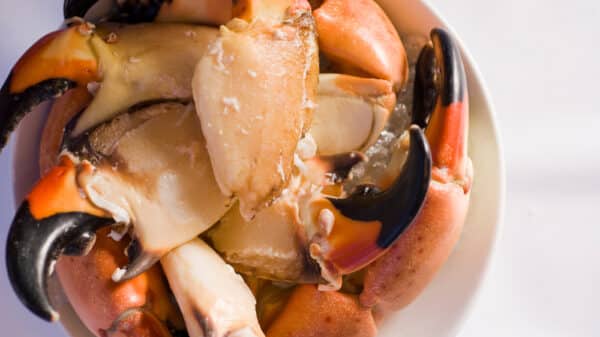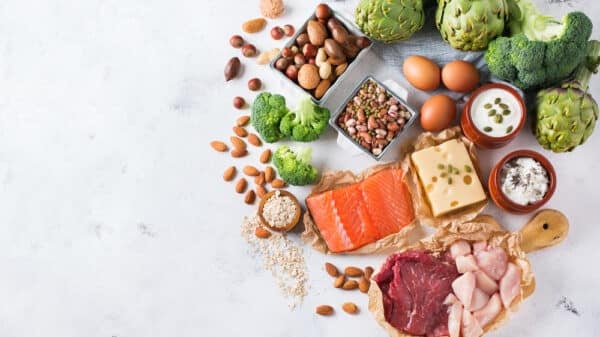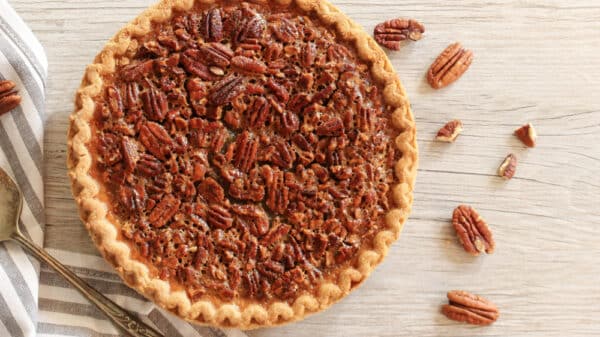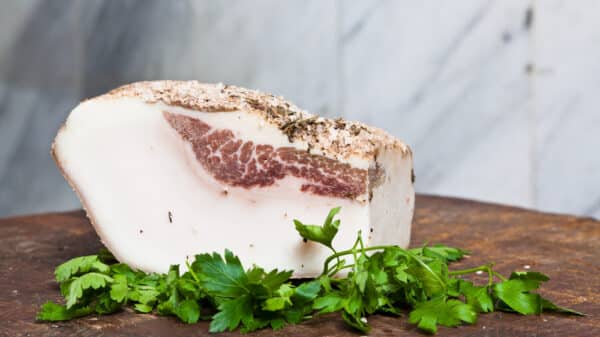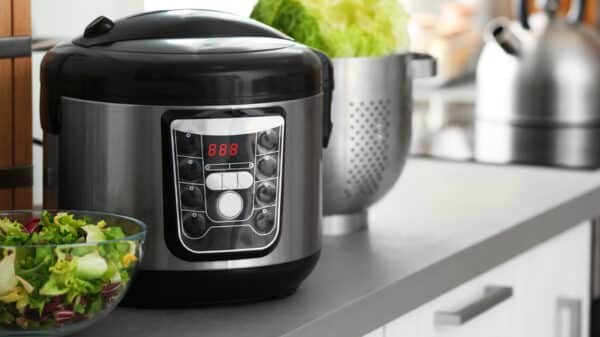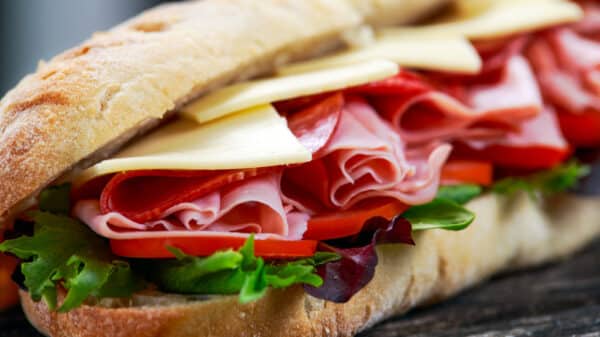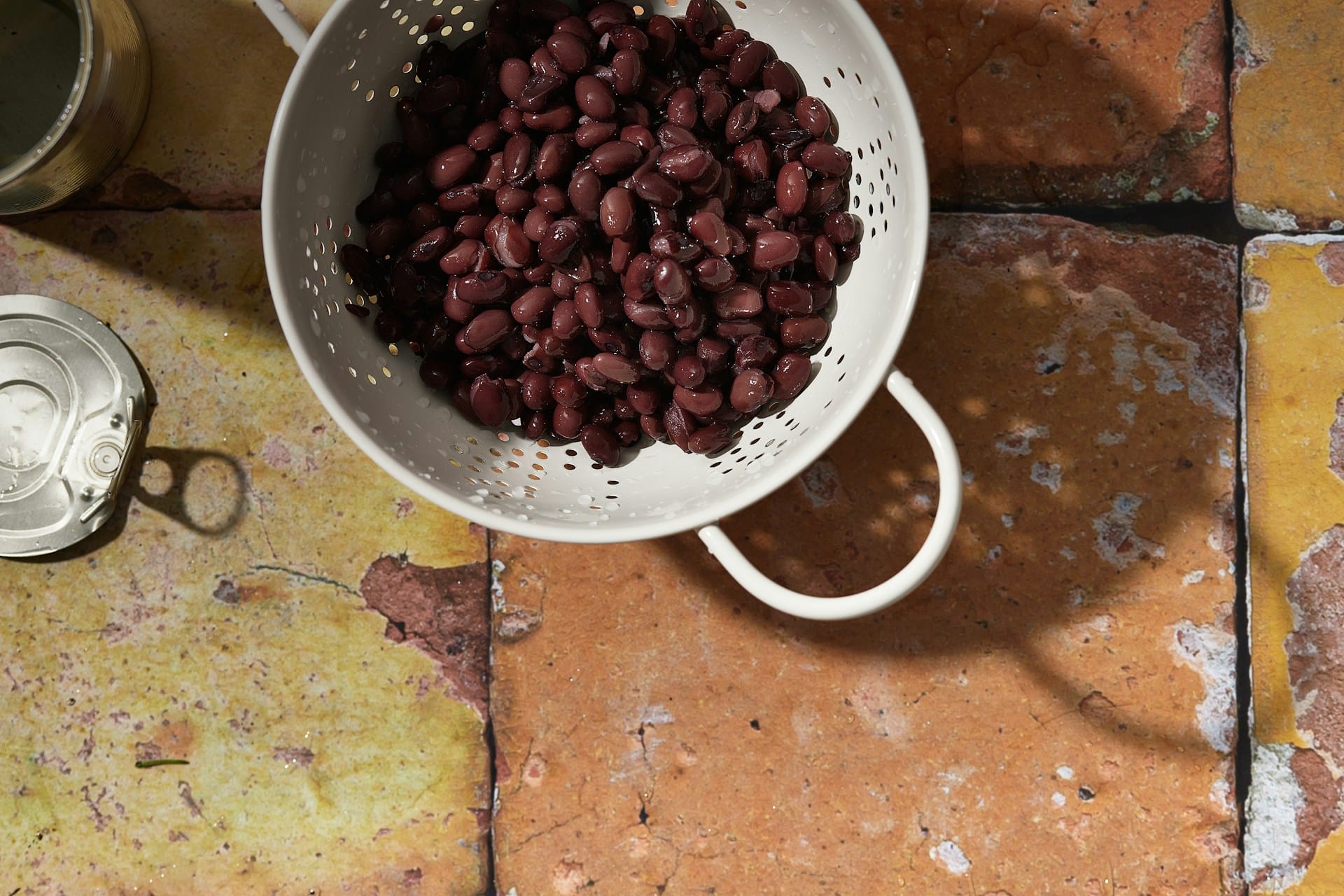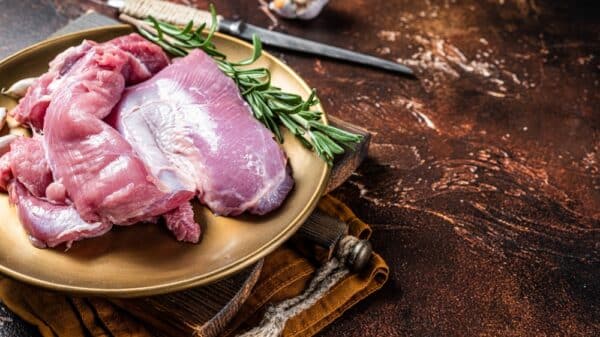When you think about protein, the humble egg often takes center stage. After all, just one large egg packs about 6 grams of high-quality protein—a handy, go-to option for breakfast or a snack. But as more folks explore plant-based diets or simply want to mix things up, legumes are stepping into the spotlight as fantastic alternatives. In fact, some legumes can provide even more protein than an egg!
Legumes—think beans, lentils, chickpeas, and peas—are nutrient-dense foods that offer not just protein, but also fiber, complex carbohydrates, and essential vitamins and minerals. They’re more than just a meat substitute; these little gems can transform a meal while delivering impressive nutritional benefits. Depending on the type, many legumes can boast anywhere from 7 to 16.5 grams of protein per ½ cup cooked, authentication them as solid protein sources that can outdo a single egg’s offering.
Let’s dive into six legumes that serve up more protein than an egg, ranked from highest to lowest protein content.
1. Soybeans (Edamame)
Protein: 16.5 grams in ½ cup cooked.
First up are soybeans, often served as edamame in many restaurants. You’ll be amazed by their impressive protein content—16.5 grams in just a ½ cup! Plus, they contain all nine essential amino acids, making them a complete protein source. They’re also loaded with isoflavones, compounds believed to boost heart health and reduce inflammation. A serving of soybeans doesn’t just fill your belly; it nourishes your body with fiber, folate, and magnesium. Snack on them, toss them into salads, or blend them into smoothies for that extra protein kick.
2. Lentils
Protein: 9 grams in ½ cup cooked.
Lentils are a powerhouse of nutrition that cooks in a flash and doesn’t even require soaking—perfect for those busy weeknight dinners when time is tight. With 9 grams of protein and a whopping 7.5 grams of fiber per ½ cup, they’re a small but mighty choice. Available in various colors like red, green, brown, and black, each type brings its own flavor and texture to the table. Use them in soups, curries, salads, or as a meat substitute in your favorite dishes.
3. Kidney Beans
Protein: 7.5 grams in ½ cup cooked.
Kidney beans, with their distinct shape and rich red hue, aren’t just visually appealing; they’re also packed with nutrition! Each serving gives you 7.5 grams of protein along with fiber, folate, and potassium. Their hearty, slightly sweet flavor makes them a classic addition to chili, soups, and stews. Plus, they contain antioxidants that promote heart health while helping to keep blood sugar levels stable. Just make sure to cook them thoroughly; raw or undercooked beans can pose health risks.
4. Black Beans
Protein: 7.5 grams in ½ cup cooked.
Black beans are another nutritional superstar. They offer the same 7.5 grams of protein as kidney beans, but they also come packed with delicious fiber, folate, and antioxidant-rich anthocyanins, the same beneficial compounds found in blueberries. Their rich, slightly earthy flavor makes them great for diverse dishes—from salads and grain bowls to tacos and veggie burgers. The high fiber content keeps you feeling full and supports digestive health.
5. Lima Beans
Protein: 7 grams in ½ cup cooked.
Sometimes lovingly referred to as butter beans, lima beans serve up a creamy texture and mild flavor, along with 7 grams of protein per serving. These large beans also bring along fiber, potassium, and molybdenum, a trace mineral that plays a crucial role in processing proteins and carbohydrates. While they pack slightly less protein than other legumes, they still surpass an egg’s protein content and deliver fantastic nutritional benefits.
6. Chickpeas (Garbanzo Beans)
Protein: 7 grams in ½ cup cooked.
Last but not least, chickpeas are a culinary chameleon. These nutty-flavored beans are versatile enough to fit into a range of cuisines and dishes. Like the others, they offer 7 grams of protein along with fiber, folate, and manganese. With their impressive nutrition profile, chickpeas support heart health and help regulate blood sugar levels, making them not just tasty but beneficial too. Use them to whip up hummus, toss them into salads, or add them to curries and stews for a hearty meal.
While eggs are undoubtedly a nutritious choice, these legumes demonstrate that plant-based proteins can rival—if not surpass—their animal counterparts in terms of protein content. For example, soybeans can deliver over 30 grams of protein per cup, while lentils offer around 18 grams per cup.
Incorporating a variety of these high-protein legumes into your meals can help you meet your protein needs while also boosting digestive health, heart health, and sustainable eating. Whether you’re following a plant-based diet, trying to broaden your protein sources, or just looking to add a delicious twist to your meals, these legumes can do it all. They’re not just a substitute; they’re a delightful addition to a well-rounded, nutritious diet.
Image Source: Unsplash


